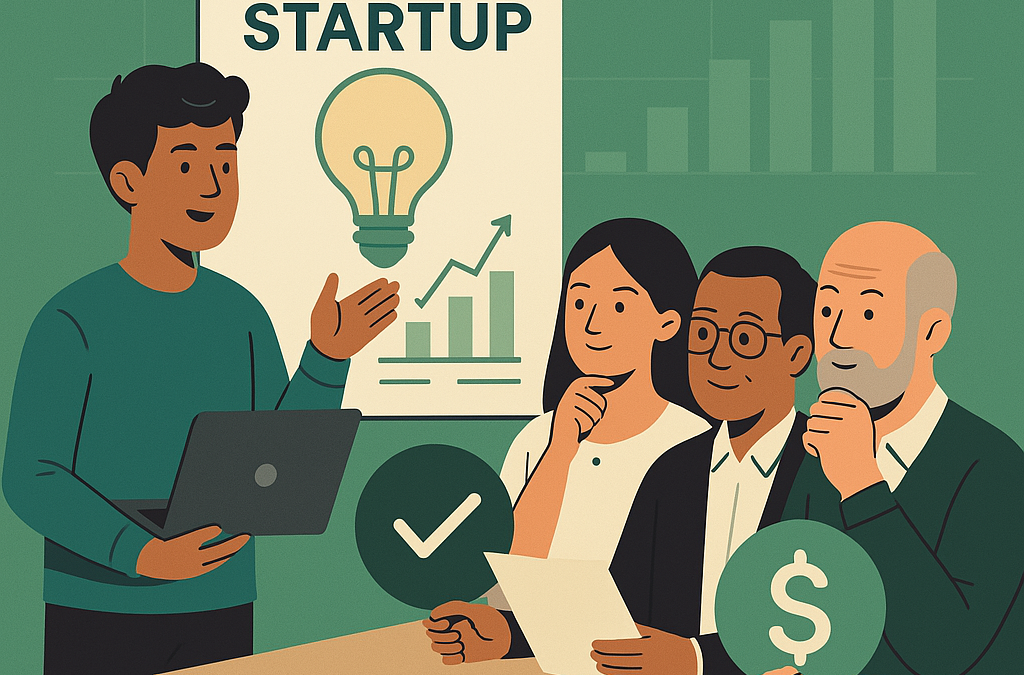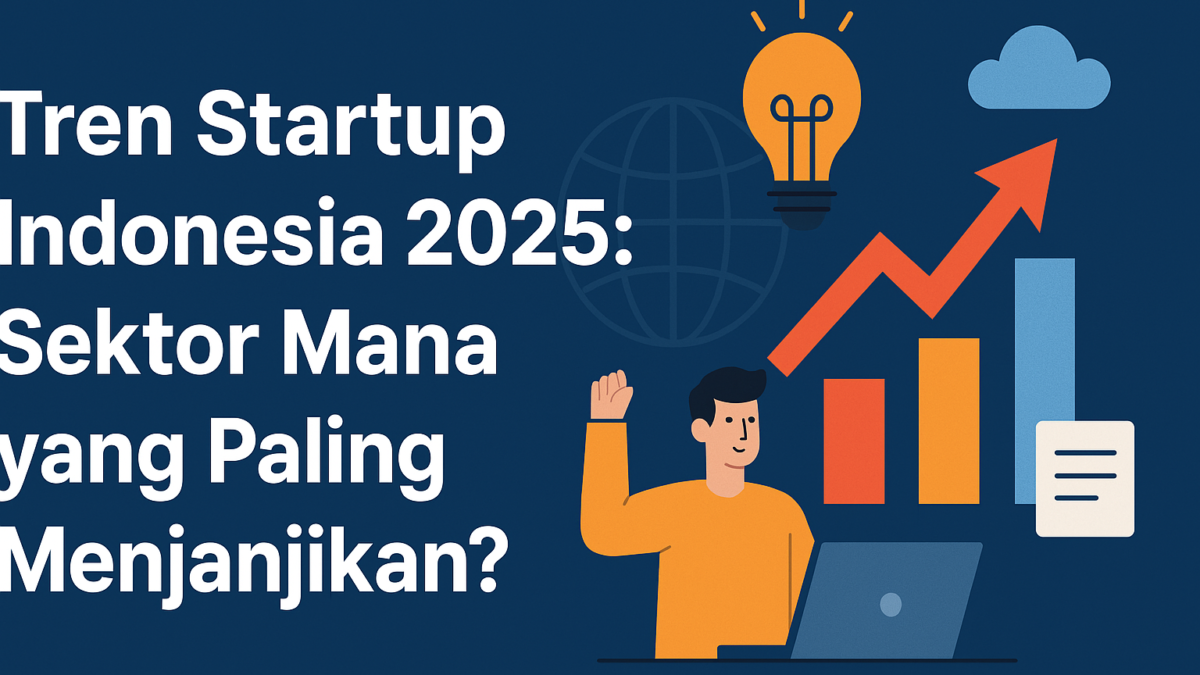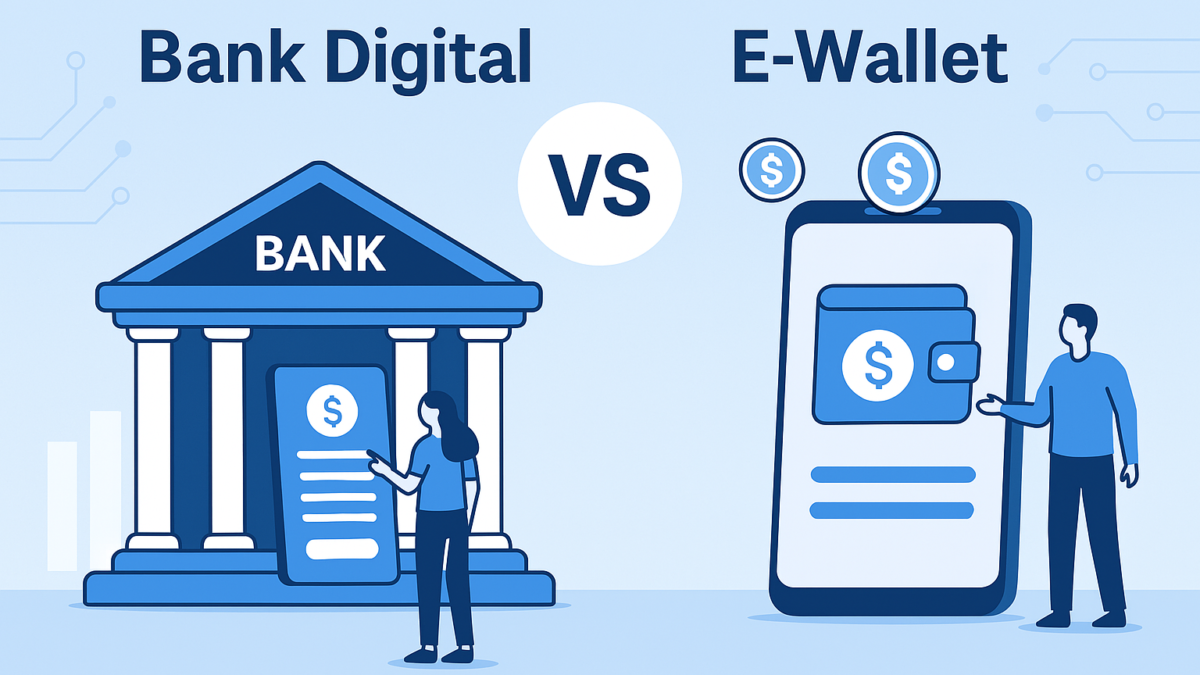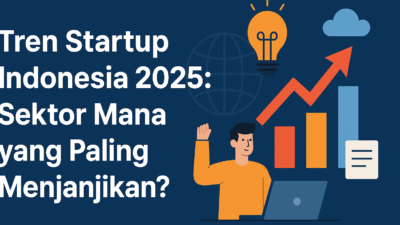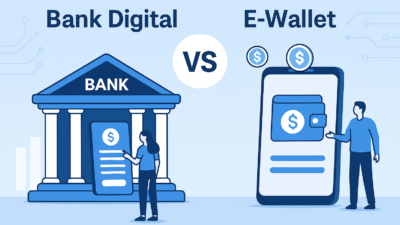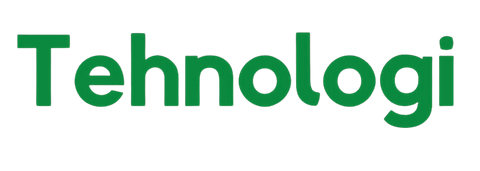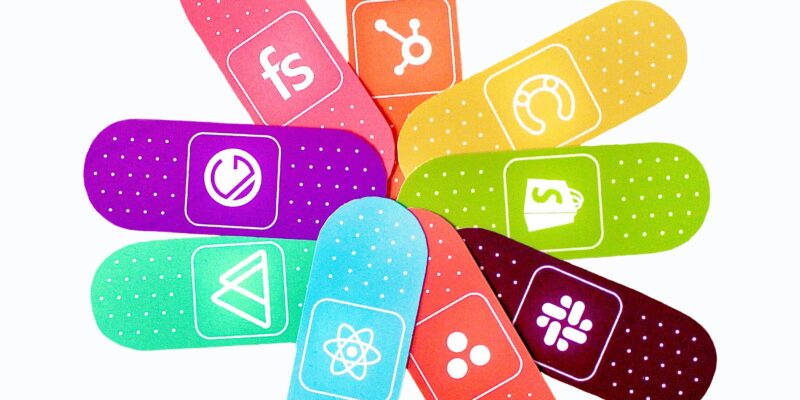
Overview
Software as a Service (SaaS) is one of the most popular and profitable business models today, offering recurring revenue and scalable growth. Whether you’re an aspiring entrepreneur or an experienced developer looking to dive into the SaaS world, creating a successful product requires careful planning, execution, and continuous improvement. This beginner’s guide will walk you through the key steps to creating a SaaS product, from idea generation to launch.
1. Understand the SaaS Model
SaaS products are cloud-based software solutions accessible via a subscription model. They eliminate the need for users to install and maintain software on their devices, offering convenience and scalability.
Why SaaS is Popular:
- Recurring revenue through subscriptions.
- Easy updates and maintenance via the cloud.
- Broad accessibility across devices.
Examples of Successful SaaS Products:
- Slack (team communication).
- Shopify (e-commerce platform).
- Trello (project management).
Pro Tip: Ensure your idea fits the SaaS model by focusing on solving problems with scalable, cloud-based solutions.
2. Identify a Problem and Validate Your Idea
The foundation of any great SaaS product is solving a real problem for a specific audience.
Steps to Identify and Validate Your Idea:
- Research Pain Points: Talk to potential customers, join industry forums, or analyze reviews of similar products to identify gaps.
- Define Your Target Audience: Narrow your focus to a specific niche for a more tailored solution.
- Validate the Idea: Use surveys, interviews, or tools like Google Trends to confirm demand.
Example: Instead of creating a general project management tool, focus on one for small marketing agencies needing budget tracking.
3. Design the Core Features
SaaS products should launch with a Minimum Viable Product (MVP) that includes only the essential features.
How to Define Core Features:
- List features that directly address your target audience’s main pain points.
- Prioritize simplicity and usability—don’t overcomplicate your product at the start.
- Include core SaaS elements like user authentication, dashboards, and basic analytics.
Example: For a time-tracking SaaS, focus on features like timers, project categorization, and basic reporting for the MVP.
4. Choose the Right Tech Stack
The technology stack you choose will directly impact your product’s performance, scalability, and cost.
Common SaaS Tech Stack:
- Frontend Development: React.js, Vue.js, or Angular for user interfaces.
- Backend Development: Node.js, Ruby on Rails, or Django for server-side logic.
- Database: PostgreSQL, MongoDB, or MySQL for data storage.
- Hosting: AWS, Google Cloud, or Azure for scalability.
Pro Tip: Consider low-code or no-code platforms like Bubble if you lack technical expertise.
5. Build and Test Your MVP
Your MVP is the first functional version of your SaaS product. It’s designed to test your core idea with real users.
Steps to Build an MVP:
- Develop only the essential features identified earlier.
- Test the product internally for bugs and usability issues.
- Use beta testing to gather feedback from early users.
Pro Tip: Use feedback from your MVP to iterate quickly and improve your product before launching fully.
6. Implement a Scalable Pricing Model
A successful SaaS product relies on a well-thought-out pricing strategy.
Popular SaaS Pricing Models:
- Subscription Tiers: Offer basic, standard, and premium plans to cater to different customer needs.
- Pay-as-You-Go: Charge based on usage (ideal for storage or bandwidth-heavy services).
- Freemium: Provide a free version with limited features to attract users, then upsell premium features.
Example: Canva offers a free version for casual users and a Pro version with advanced design tools.
7. Focus on User Experience (UX)
A seamless and intuitive user experience is critical for SaaS success.
How to Optimize UX:
- Keep the onboarding process simple with step-by-step guides or tutorials.
- Use clean, responsive designs that work across devices.
- Implement customer support options like live chat or in-app FAQs.
Pro Tip: Use tools like Hotjar to track user behavior and identify areas for improvement.
8. Plan Your Go-to-Market Strategy
Your product is ready—but how will users find it? A well-planned launch and marketing strategy are key.
Effective Go-to-Market Tactics:
- Build an Online Presence: Use SEO, social media, and email campaigns to generate interest.
- Leverage Partnerships: Collaborate with influencers or industry leaders to reach your target audience.
- Offer Early Access: Launch to a small group for exclusive feedback and word-of-mouth promotion.
Example: Notion used a referral program during its early stages to rapidly grow its user base.
9. Monitor and Optimize Post-Launch
A SaaS product isn’t a one-and-done project—it requires constant updates and improvements.
What to Monitor:
- Key Metrics: Track churn rate, customer lifetime value (CLV), and monthly recurring revenue (MRR).
- Customer Feedback: Regularly collect feedback to prioritize feature updates.
- System Performance: Ensure uptime and scalability as your user base grows.
Pro Tip: Use analytics tools like Mixpanel or Google Analytics to gain deeper insights into user behavior.
10. Scale Your SaaS Product
Once your product gains traction, focus on scaling to expand your market share.
How to Scale Effectively:
- Invest in customer acquisition channels like paid ads or affiliate marketing.
- Build additional features based on user demand.
- Expand into new markets or industries by adapting your product to their needs.
Example: Slack initially focused on small teams but later scaled to serve enterprise clients with advanced features.
Common Challenges and How to Overcome Them
- High Development Costs: Start lean with an MVP and use cloud services to save on infrastructure.
- Customer Churn: Prioritize customer support and regularly update features to retain users.
- Competition: Differentiate through unique features, superior UX, or exceptional service.
Final Thoughts
Creating a SaaS product is an exciting journey that offers significant rewards if done right. By focusing on solving real problems, building a solid MVP, and continuously improving your product based on feedback, you can turn your SaaS idea into a thriving business. Remember, the key to success lies in staying customer-focused and adaptable to market changes.
Are you ready to take the plunge into the world of SaaS? The time to start is now!


